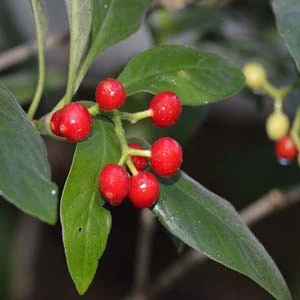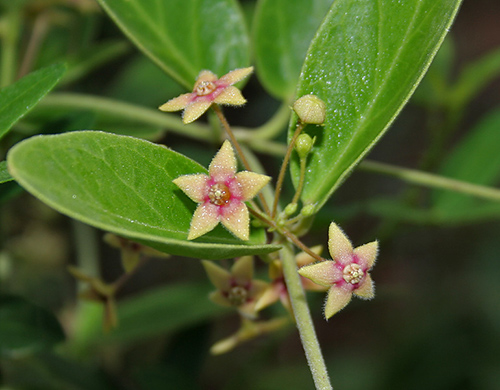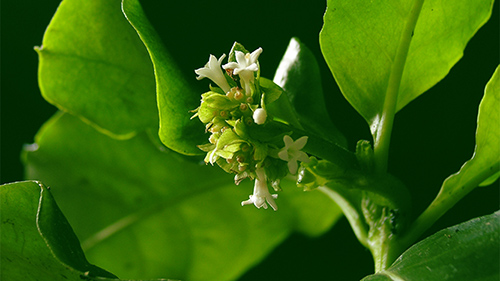Contents

Dutch physician and trader Jan Adrian Helvetius (1661-1727) introduced the Ipecac plant to the King of France, Louis XIV, which he was using to cure dysentery. The king was so intrigued that he responded by demanding to know more about this plant remedy.
In 1912 the active components of the ipecac plant were discovered. Since then, it has been part of many pharmaceutical preparations.
Ipecac Plant Scientific Facts
- French: Ipecacuane.
- Spanish: Ipecacuana.
- Environment: Native to the rain forests of Brazil, Colombia, Peru, and Mexico.
- Description: Shrub of the Rubiaceae family, growing from 30 to 50 cm high, with large, ringed roots and small, white flowers growing in terminal heads.
- Parts of the plant used medicinally: The root, ground into powder.
Healing Properties and Warning

The root of the Ipecac plant contains emetine and other alkaloids, as well as ipecac acid and saponins. Its properties are as follows:
- Emetic: Ipecac, because of emetine, easily induces vomiting. It is used to empty the stomach when a stomach washing cannot be performed in the case of poisoning.
- Expectorant: The saponins and emetine it contains give the plant an intense expectorant action in low doses, thus being part of several bronchial syrups.
- Amoeba-killer: Emetine destroys amoebas which cause amoebic dysentery and amoebic disorders of the liver. In these cases, any of the existing pharmaceutical preparations based on emetine is recommended.
WARNING! Never exceed the prescribed dose. Otherwise, it may produce violent vomiting. The root powder is very irritating to the skin.

How to use Ipecac
- Root powder: Four to six grams dissolved in water. For children, the dose is 0.1 g per year of age. It is used as a vomitive and expectorant.
- Syrup: One or two spoonfuls will induce vomiting;
- Infusion with 8 g of ground root in 250 ml of water. As an expectorant, take only four or five spoonfuls per hour to avoid vomiting.
DISCLAIMER: All content on this website is presented solely for educational and informational objectives. It would be best to not rely on the information provided as a replacement for advice, diagnosis, or treatment from a qualified medical expert. If you are pregnant, nursing, or have any preexisting medical concerns, you should talk to your doctor before using any herbal or natural medicines.
REFERENCES
- George D. Pamplona-Roger, M.D. “Encyclopedia of Medicinal Plants.” George D. Pamplona-Roger, M.D. Encyclopedia of Medicinal Plants. Ed. Francesc X. Gelabert. vols. 2 San Fernando de Henares: Editorial Safeliz, 2000. 438. Print.
- https://www.drugs.com/drug-interactions/ipecac.html
